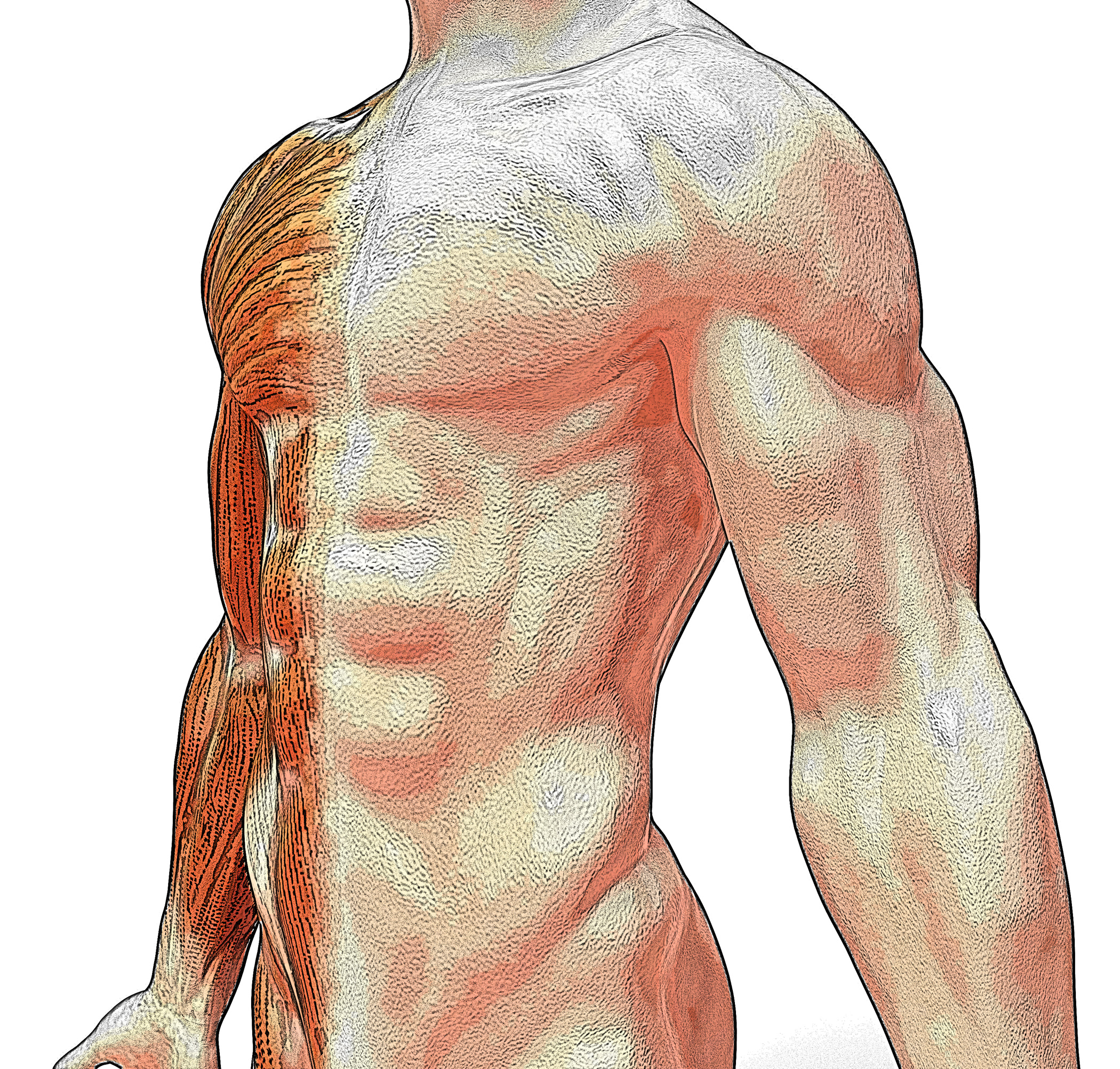
THURSDAY, March 24 (HealthDay News) — A small study out of Argentina suggests that cellphone users might be at heightened risk for a weakening of bone in the hip area.
Researchers measured bone mineral content and bone mineral density in the left and right hips of 24 men who carried their cellphones in a belt pouch on their right hip for at least one year and 24 men who did not use cellphones. Mineral content and density are standard markers of bone strength.
The two groups of men had similar average hip bone mineral content/density measurements, but the men who carried cellphones on their right hip had lower mineral content in the right femoral neck, the area near the top of the thigh bone, the team reported.
Cellphone users also had reduced mineral content and density at the right trochanter, an area at the outside top of the thigh bone. Among cellphone users, the difference between the right and left trochanter was significantly associated with the total estimated hours carrying a cellphone on the right hip, said the researchers.
The findings appear in the March issue of the Journal of Craniofacial Surgery.
“The different patterns of right-left asymmetry in femoral bone material found in mobile cellphone users and nonusers are consistent with a nonthermal effect of electromagnetic radiofrequency waves not previously described,” wrote study author Dr. Fernando D. Sravi, of the National University of Cuyo, Mendoza, Argentina.
He said the findings suggest that long-term exposure to electromagnetic radiation from cellphones could weaken bones. However, Sravi also cautioned that larger follow-up studies are needed to confirm or disprove this hypothesis, and at this point the findings cannot prove any cause-and-effect relationship.
One expert agreed that cellphone users shouldn’t read too much into this preliminary research.
“Interesting study, however, it needs to be validated by future studies using larger patient populations,” said Dr. Victor Khabie, co-chief of the Orthopedics and Spine Institute at Northern Westchester Hospital in Mount Kisco, N.Y. “This study does not explain the mechanisms by which a cellphone causes decreased hip mineralization.
Khabie also noted another puzzling aspect of the findings. “Most people who wear a cell phone with a belt actually place it over the iliac crest (high on the pelvic bone). This is, anatomically, a distinct area,” He said. “One would think that if the cellphone caused bone loss it would effect the iliac crest rather than the hip, as the phone is actually not worn on the hip.”
Sravi said that future, larger studies should clarify things. These studies may be especially important for women, who have higher rates of osteoporosis than men, and children, who will have longer lifetime exposure to cellphones, Sravi added.
More information
The U.S. Food and Drug Administration has more about cellphones and health.

